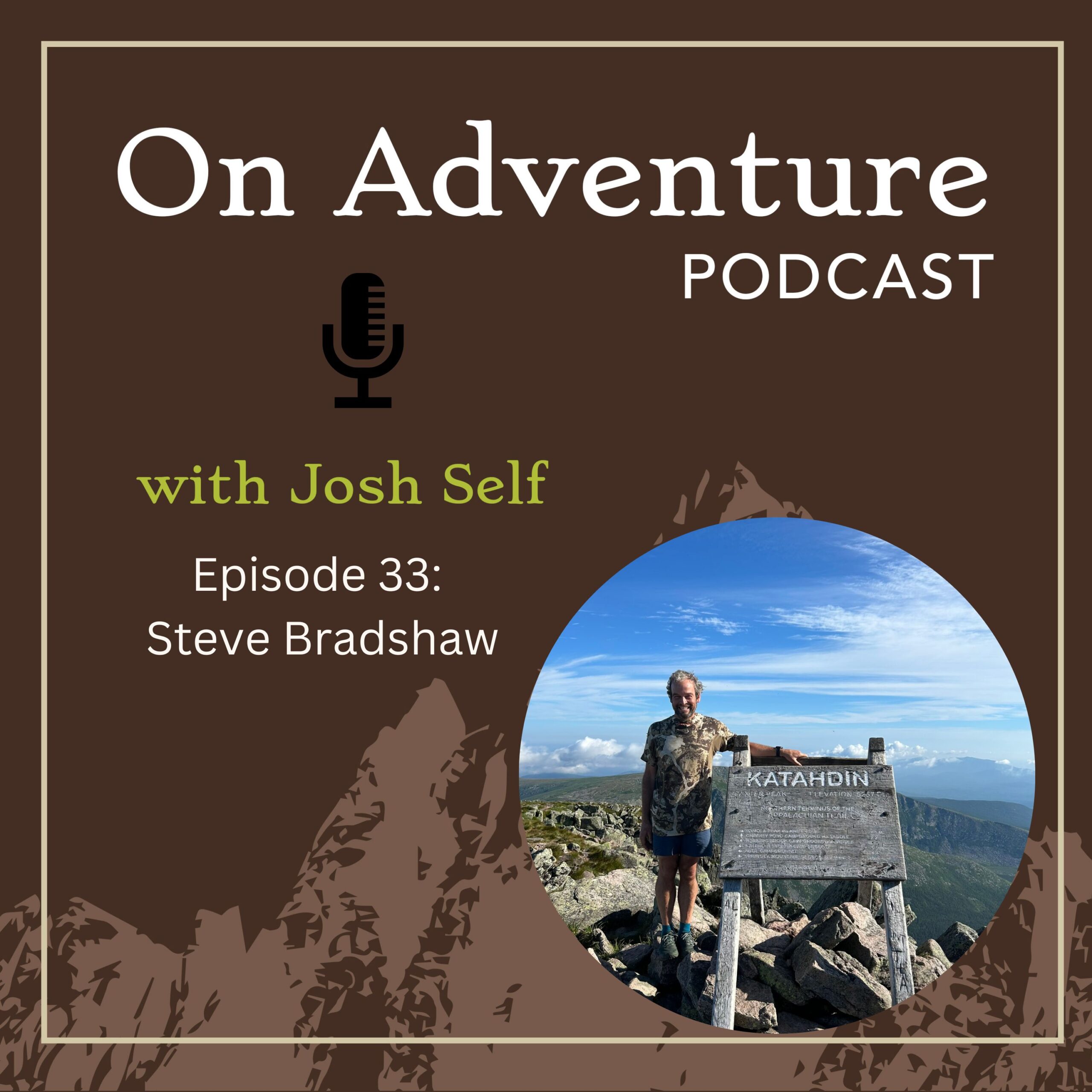In this special episode, I’m excited to bring you an insightful webinar with adventure coach and psychologist Matt Walker. Known for his unique blend of mountain climbing experience and psychological expertise, Matt shares how the concept of adventure can shape not only extreme expeditions but also our everyday lives. In this session, he takes us through his recent solo climb of Manaslu, one of the highest peaks in the world, and how it taught him the importance of living adventurously. Learn about the five essential elements of adventure and how you can apply them to your own life, whether you’re scaling mountains or navigating day-to-day challenges. This is an inspiring episode that will push you to think deeply about your own adventures—big or small!
Tune in to hear Matt’s captivating stories and insights on high endeavor, uncertainty, total commitment, tolerance for adversity, and the power of companionship.
Episode Highlights:
[2:00] – Introducing Matt Walker: From psychologist to extreme adventure guide
[4:10] – What is adventure? Challenging conventional definitions
[11:00] – Matt’s solo climb on Manaslu: confronting extreme conditions and overcoming obstacles
[15:30] – The Five Elements of Adventure: High endeavor, uncertain outcome, total commitment, tolerance for adversity, and great companionship
[21:00] – How Matt integrates his family into his adventurous life
[27:45] – Climbing in extreme altitudes: life in the death zone
[33:00] – The importance of staying present and focused during difficult journeys
[40:00] – Why adventure isn’t just for mountaintops: Applying the elements of adventure to daily life
[45:00] – Listener Q&A: Overcoming psychological barriers to adventure
Links & Resources:
- Learn more about Matt Walker and his work: Matt Walker Adventure
- Ridgeline Wealth Advisors: www.RidgelineWealthAdvisors.com
Closing Remarks:
If you enjoyed this conversation with Matt Walker and learned something new about how to bring more adventure into your life, don’t forget to rate, follow, and share this podcast with friends! And if you’re ready to embark on your own adventure, start by subscribing to our newsletter for more tips and resources. Until next time, keep pursuing your great adventure!









